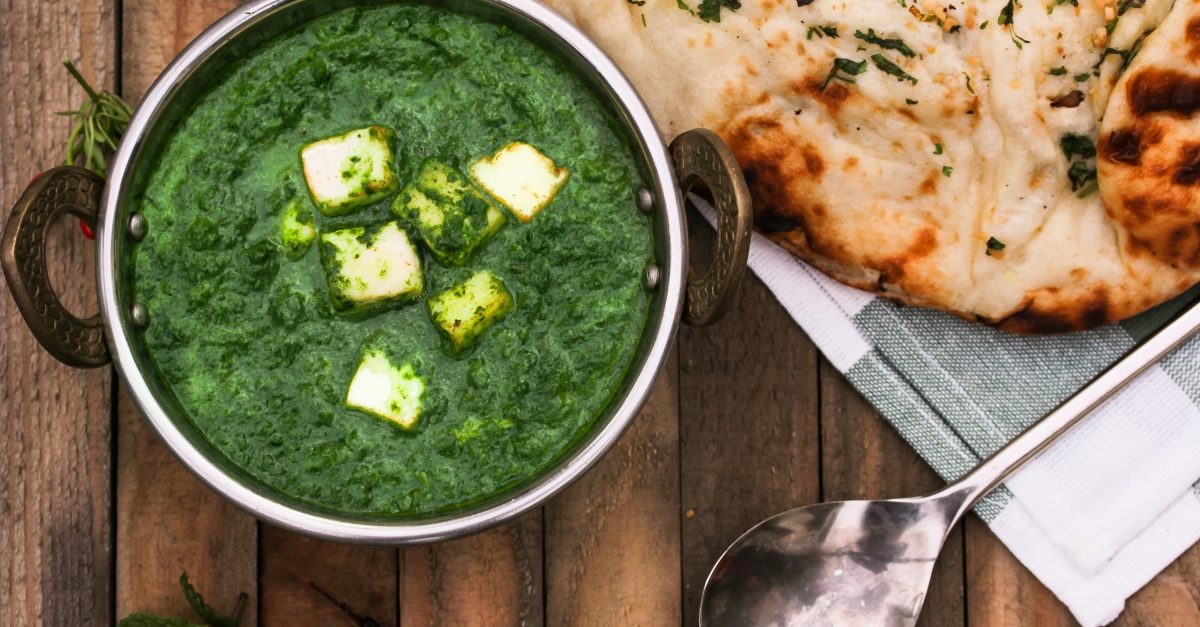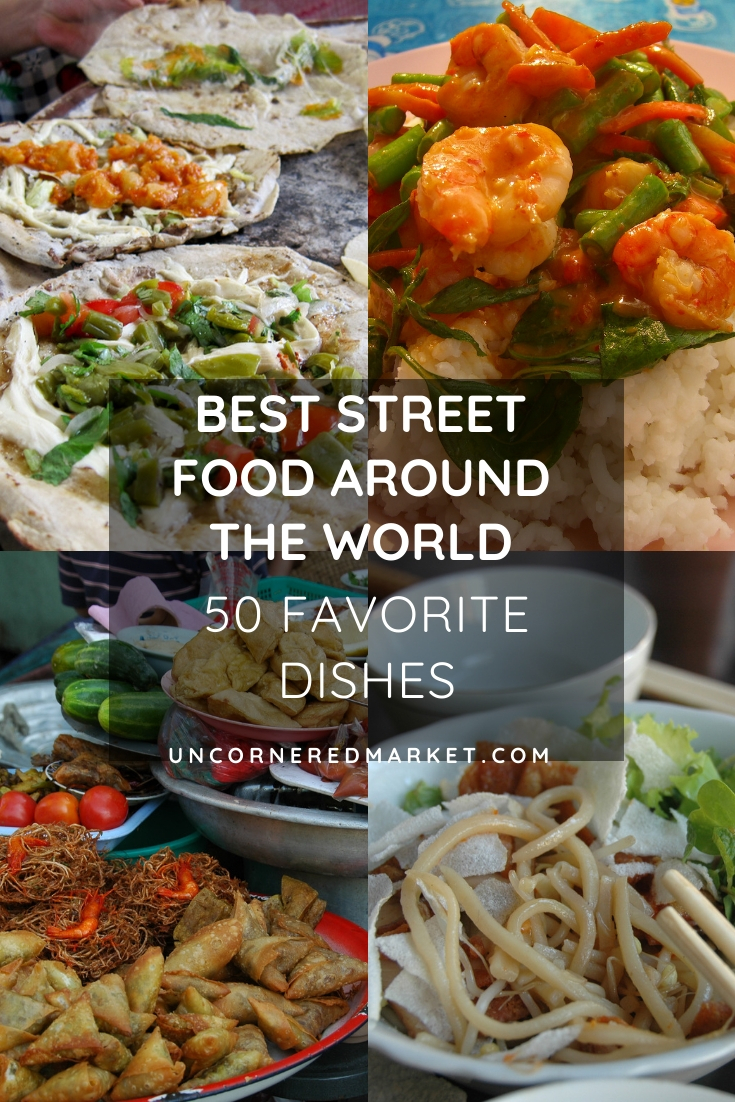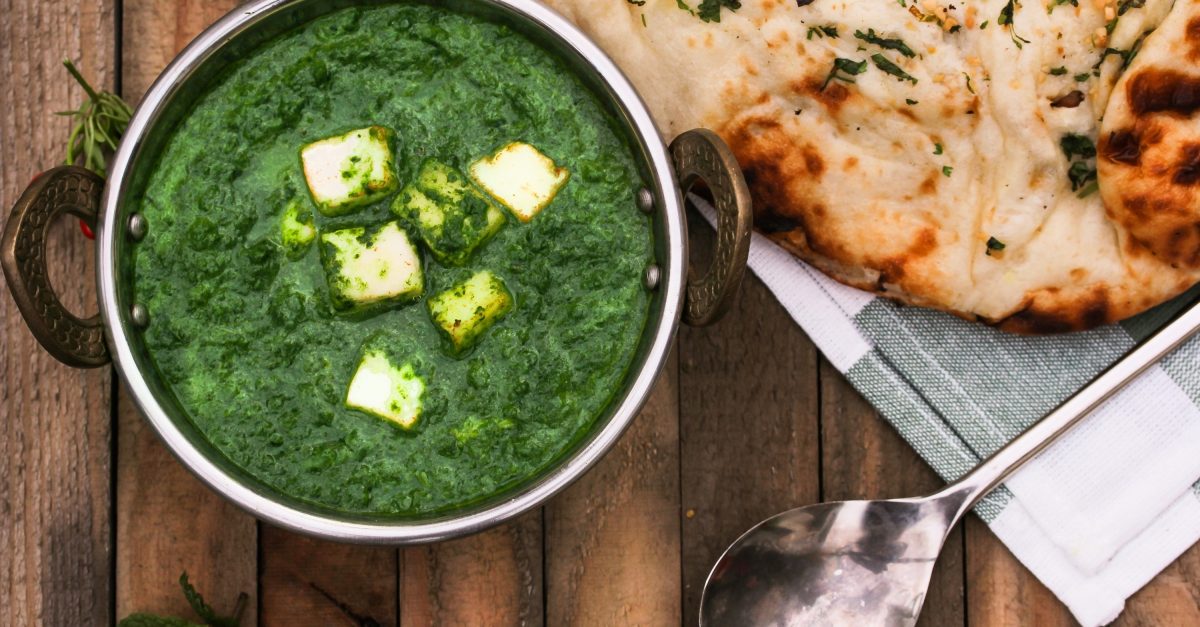
The Ultimate Culinary Bucket List: Best International Dishes to Try Before You Die
Food is more than just sustenance; it’s a gateway to culture, history, and human connection. Each dish tells a story, whispers of generations past, and reflects the unique terroir of its origin. To truly experience the world, you must taste it. This guide presents a carefully curated selection of international dishes that represent the pinnacle of culinary artistry, offering a diverse and unforgettable gastronomic journey. Prepare to embark on an adventure that will tantalize your taste buds and broaden your understanding of the world, one delicious bite at a time.
Part 1: The Classics – Timeless Treasures of Global Cuisine
These are the dishes that have transcended borders and become synonymous with their respective countries, representing culinary excellence and cultural significance.
1. Peking Duck (Beijing, China): This is not just a meal; it’s an experience. The crispy, lacquered skin, achieved through a meticulous multi-day process, is the star of the show. Thin slices are expertly carved tableside and served with delicate pancakes, scallions, cucumber, and sweet bean sauce. The remaining duck meat can be stir-fried, used in soup, or enjoyed in other preparations. The symphony of textures and flavors, from the crackling skin to the succulent meat, is a testament to Chinese culinary mastery.
- Why it’s a must-try: The ritualistic preparation and presentation elevates this dish beyond mere food. It embodies centuries of tradition and culinary innovation.
- Where to try it: Da Dong (Beijing), Quanjude (Beijing), or renowned Chinese restaurants specializing in Peking Duck worldwide.
- Tips: Look for restaurants that prioritize the quality of the duck and the expertise of the chef. Don’t be afraid to ask questions about the preparation process.
2. Neapolitan Pizza (Naples, Italy): True Neapolitan pizza is a masterpiece of simplicity. The dough, made with only four ingredients (flour, water, salt, and yeast), is hand-stretched and topped with San Marzano tomatoes, fresh mozzarella (preferably buffalo mozzarella), basil, and olive oil. It’s then cooked in a wood-fired oven at extremely high temperatures for just a minute or two, resulting in a charred, bubbly crust and a soft, flavorful center.
- Why it’s a must-try: The simplicity of the ingredients allows their individual flavors to shine. It’s a testament to the power of quality over quantity.
- Where to try it: L’Antica Pizzeria da Michele (Naples), Starita a Materdei (Naples), or any pizzeria adhering to the strict regulations of the Associazione Verace Pizza Napoletana (AVPN).
- Tips: Don’t expect a lot of toppings. Focus on the quality of the ingredients and the skill of the pizzaiolo. Eat it hot and fresh for the best experience.
3. Paella (Valencia, Spain): This saffron-infused rice dish is a celebration of Spanish flavors and ingredients. Traditionally cooked in a large, shallow pan (also called a paella), it features a variety of proteins such as chicken, rabbit, and seafood, along with vegetables like green beans and tomatoes. The socarrat, the crispy, caramelized rice at the bottom of the pan, is considered a delicacy.
- Why it’s a must-try: Paella is a communal dish, perfect for sharing with friends and family. It’s a taste of the Spanish countryside and coastline in one vibrant dish.
- Where to try it: Casa Carmela (Valencia), La Pepica (Valencia), or restaurants specializing in authentic paella throughout Spain.
- Tips: Look for restaurants that cook paella over a wood fire. Be wary of overly colorful paella, as it might indicate the use of artificial coloring.
4. Sushi (Japan): More than just raw fish, sushi is an art form. The perfectly seasoned rice, the precise cuts of fish, and the elegant presentation all contribute to a harmonious culinary experience. Nigiri, thin slices of fish draped over rice, is a classic, while maki rolls offer a wider variety of flavors and textures.
- Why it’s a must-try: Sushi is a testament to Japanese precision and respect for ingredients. It’s a delicate balance of flavors and textures that showcases the freshness of the fish.
- Where to try it: Sukiyabashi Jiro (Tokyo – extremely difficult to get a reservation), Sushi Saito (Tokyo), or reputable sushi restaurants with skilled chefs.
- Tips: Start with simpler types of sushi, like tuna or salmon nigiri. Trust the chef’s recommendations and don’t be afraid to try new things.
5. Massaman Curry (Thailand): Often hailed as the "king of curries," Massaman is a rich and complex dish that reflects Thailand’s historical influences. It features a creamy coconut milk base infused with warming spices like cinnamon, cardamom, and cloves, along with potatoes, peanuts, and a protein of your choice (typically beef, chicken, or tofu).
- Why it’s a must-try: Massaman curry offers a unique blend of sweet, savory, and spicy flavors, making it a truly unforgettable culinary experience.
- Where to try it: Street food stalls and restaurants throughout Thailand, particularly in the south. Look for places that use fresh, high-quality ingredients.
- Tips: Specify your desired level of spiciness when ordering. The curry should be rich and flavorful, not overly watery.
Part 2: Venturing Further – Exploring Regional Delights and Unique Ingredients
These dishes delve deeper into specific regions, showcasing unique ingredients and culinary traditions.
6. Mole Poblano (Puebla, Mexico): This complex sauce, originating from the state of Puebla, is a testament to Mexican culinary heritage. Made with a blend of chili peppers, spices, chocolate, and nuts, it’s a rich and flavorful accompaniment to turkey, chicken, or enchiladas.
- Why it’s a must-try: Mole Poblano is a labor of love, requiring hours of preparation and a deep understanding of ingredients. It’s a taste of Mexico’s rich culinary history.
- Where to try it: El Mural de los Poblanos (Puebla), Fonda de Santa Clara (Puebla), or restaurants specializing in authentic Mexican cuisine.
- Tips: Mole Poblano can be quite complex and spicy, so be prepared for a bold flavor experience.
7. Tagine (Morocco): A tagine is both the name of a dish and the earthenware pot in which it’s cooked. It typically consists of slow-cooked meat (lamb, chicken, or beef) with vegetables, fruits (like apricots or dates), and spices like ginger, cumin, and saffron.
- Why it’s a must-try: The slow cooking process in the tagine allows the flavors to meld together beautifully, creating a tender and aromatic dish.
- Where to try it: Restaurants and riads (traditional Moroccan houses) throughout Morocco.
- Tips: Try different variations of tagine, such as chicken tagine with preserved lemons and olives, or lamb tagine with prunes and almonds.
8. Khao Soi (Chiang Mai, Thailand): This creamy coconut curry noodle soup is a northern Thai specialty. It features soft egg noodles in a rich and flavorful broth, topped with crispy fried noodles, pickled mustard greens, shallots, and chili oil.
- Why it’s a must-try: Khao Soi offers a delightful combination of textures and flavors, from the creamy broth to the crispy noodles. It’s a comforting and satisfying dish.
- Where to try it: Street food stalls and restaurants in Chiang Mai, Thailand.
- Tips: Customize your Khao Soi with the provided condiments to your liking. Don’t be afraid to experiment with the chili oil!
9. Feijoada (Brazil): This hearty black bean stew is considered Brazil’s national dish. It’s made with various cuts of pork, beef, and smoked sausages, and typically served with rice, farofa (toasted cassava flour), collard greens, and orange slices.
- Why it’s a must-try: Feijoada is a celebration of Brazilian flavors and ingredients. It’s a rich and satisfying dish that’s perfect for sharing.
- Where to try it: Restaurants throughout Brazil, particularly on Saturdays (traditionally Feijoada day).
- Tips: Be prepared for a heavy and filling meal. Pace yourself and enjoy the variety of flavors.
10. Pierogi (Poland): These dumplings, made from unleavened dough, are a staple of Polish cuisine. They can be filled with a variety of savory or sweet ingredients, such as potatoes and cheese, sauerkraut and mushrooms, or fruits like blueberries or cherries.
- Why it’s a must-try: Pierogi are a comforting and versatile dish that reflects Poland’s culinary heritage.
- Where to try it: Restaurants and home kitchens throughout Poland.
- Tips: Try a variety of fillings to experience the full range of pierogi flavors. They are often served with sour cream, fried onions, or bacon.
Part 3: For the Adventurous Palate – Pushing the Boundaries of Culinary Exploration
These dishes are not for the faint of heart, but offer a unique and memorable culinary experience for those willing to step outside their comfort zone.
11. Fugu (Japan): This potentially deadly dish, prepared from pufferfish, requires highly skilled and licensed chefs to remove the poisonous organs. When prepared correctly, fugu offers a delicate and subtly flavored experience.
- Why it’s a must-try (with caution): Fugu is a testament to Japanese culinary precision and respect for potentially dangerous ingredients. It’s a thrill for adventurous eaters.
- Where to try it: Licensed fugu restaurants in Japan, particularly in Tokyo and Osaka.
- Tips: Only eat fugu prepared by a licensed chef. The experience is less about the flavor and more about the novelty and skill involved.
12. Hákarl (Iceland): This fermented shark dish is an acquired taste, to say the least. The shark meat is buried underground for several weeks to ferment, then hung to dry for several months. The resulting product has a strong ammonia smell and a pungent, often unpleasant flavor.
- Why it’s a must-try (for the adventurous): Hákarl is a part of Icelandic culinary heritage and a testament to the resourcefulness of the Icelandic people.
- Where to try it: Traditional Icelandic restaurants and food festivals.
- Tips: Hold your nose and take a small bite. It’s often served with Brennivín, a traditional Icelandic schnapps, to help wash it down.
13. Balut (Philippines): This developing duck embryo, boiled and eaten in the shell, is a popular street food in the Philippines. It’s a controversial dish that can be off-putting to some, but it’s considered a delicacy by many Filipinos.
- Why it’s a must-try (if you dare): Balut is a cultural icon in the Philippines and a testament to the resourcefulness of Filipino cuisine.
- Where to try it: Street food stalls throughout the Philippines.
- Tips: Crack the shell, sip the broth, and then eat the embryo. It’s often seasoned with salt, vinegar, or chili.
14. Century Egg (China): Also known as pidan, this preserved egg is a Chinese delicacy. It’s typically preserved in a mixture of clay, ash, salt, quicklime, and rice hulls for several weeks or months. The resulting egg has a dark brown or black yolk and a translucent, jelly-like white.
- Why it’s a must-try (for the curious): Century egg is a unique and intriguing food that showcases Chinese preservation techniques.
- Where to try it: Chinese restaurants and markets.
- Tips: The flavor can be quite strong, so it’s often eaten as a condiment or appetizer.
15. Casu Marzu (Sardinia, Italy): This sheep milk cheese is deliberately infested with live insect larvae (maggots). The maggots break down the cheese’s fats, making it soft and liquid. While controversial, it’s considered a delicacy by some Sardinians.
- Why it’s a must-try (with extreme caution): Casu Marzu is a truly unique and challenging culinary experience that pushes the boundaries of what is considered edible.
- Where to try it: Extremely difficult to find outside of Sardinia, and even there, it’s not widely available due to health concerns.
- Tips: Consume at your own risk. The live maggots can cause intestinal problems.
Conclusion:
This list is just a starting point for your culinary adventures. The world is full of incredible dishes waiting to be discovered. Be open to trying new things, embrace the unfamiliar, and let your taste buds guide you. Remember that food is more than just fuel; it’s a connection to culture, history, and the human spirit. So, go forth, explore, and savor the world, one delicious bite at a time. Your culinary bucket list awaits! Bon appétit! ¡Buen provecho! Buon appetito! いただきます! 食饭!



